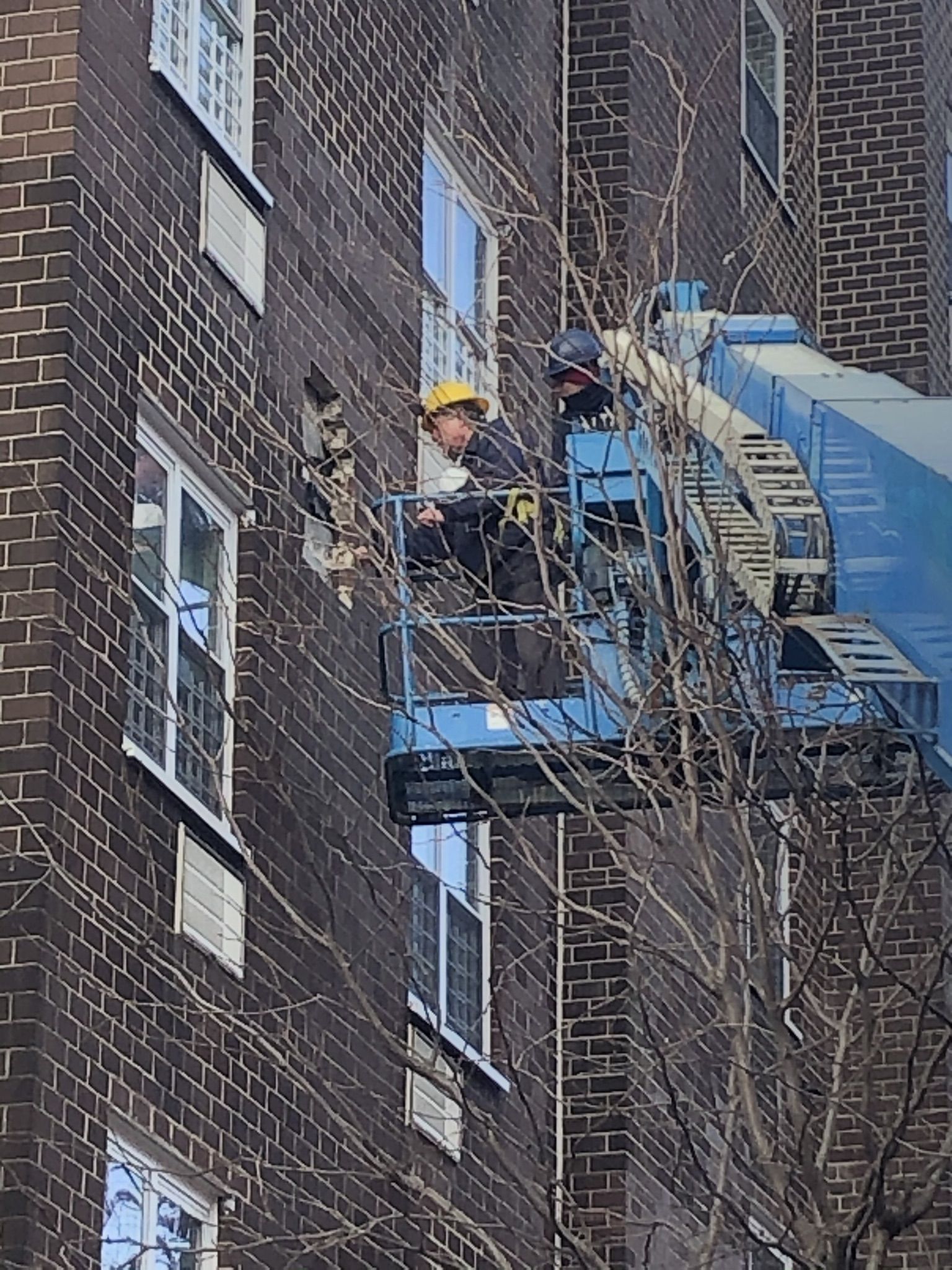F.I.S.P. - New Cycle 9 Requirements
What are the new Facade Inspection Safety Program (FISP) inspection requirements?
What is FISP? What is Local Law 11? It is important to understand this New York City
requirement before we can discuss the newest updates and changes.
Local Law 11 (LL11) in New York City (also known as the
Façade Inspection Safety Program or FISP) mandates the periodic inspection of the exterior walls, balconies,
windowsills, etc. for buildings greater than six stories tall in New York City.
Originally enacted in 1998,
LL11 was an update to Local Law 10, an original measure passed by the Mayor’s office to address pedestrian
safety.
After several deaths over the course of the past two years, all killed by falling debris, the New York Department of Buildings (DOB) amended its rules governing exterior wall inspections and repairs. The new rules went into effect on February 20, 2020, one day prior to Cycle 9 opening, which runs through February 21st, 2024.
Top Requirements Unique to Cycle 9 Include:
One probe per drop on cavity wall facades is required (and then every odd cycle thereafter).
A hands-on inspection is required at every 60' of public right of way.
Qualified Exterior Wall Inspector (QEWI) qualifications have increased to a minimum of seven years of relevant experience.
A prior year designation of Safe with a Repair and Maintenance Program (SWARMP) must be performed, or fines will be assessed.
Building owners must post and maintain a facades condition certificate the building lobby (similar to an elevator certificate) to alert building occupants of the status of the exterior envelop walls.
All UNSAFE conditions must be corrected within 90 days from submission of the critical examination report.
Façade inspections are required every five years, and result in three classifications: Safe, SWARMP, or Unsafe. If deemed unsafe, the issue must be repaired within 45 days. If SWARMP, the inspector must indicate a timeframe to correct the unsafe condition.
The Department of Buildings has increased Civil Penalties related to FISP for Cycle 9 and those following.
Late filing has increased from $250/month to $1,000/month.
Failure to file has increased from $1,000/year to $5,000/year following the closing date of the applicable filing window.
Failure to correct UNSAFE conditions will incur a civil penalty of $1,000/month unless an extension of time for repairs has been granted.
Failure to correct SWARMP conditions reported in the previous report filing cycle, and subsequently files the condition as unsafe shall be liable for a civil penalty of $2,000
Our team of licensed engineers have provided LL11 inspections for decades. Our typical process is thorough and accurate, to include the steps below.
Someone from our engineering team reviews the previous cycle's report.
We ensure we address any prior recorded SWARMP issues.
We begin the surveying process, using binoculars to perform a visual inspection from various vantage points
We select a few locations to do close-up, hands-on inspections using a boom lift, fire escape, or scaffold
We use our discretion and experience to ask ourselves and evaluate, "What is the probability that this is unsafe or could become unsafe in the next 3-5 years?"
If we deem a building unsafe, we will provide a repair program to help the owner address the problems and design the solution
Our team finalizes our report and submits in the appropriate timeframe to the DOB
Hiring an experienced inspector is critical for a building owner. If an inexperienced person performs the inspection and includes a fire hazard, loose flowerpot, or wobbly A/C unit into an “Unsafe” designation, this has implications for years to come. Regardless of its validity, if a condition is deemed “unsafe” and documented as such, it must be addressed. Therefore, it is imperative to hire an engineer or QEWI who understands the DOB’s definition of “unsafe”.
Our team not only understands what the DOB requires, we often address the mistakes of other inspectors. When our team reviews prior reports, we find maintenance issues are frequently flagged as unsafe conditions. The building owner will be required to fix whatever is documented and it can become very costly.
We understand that a building owner may view LL11 as a burdensome, costly ordinance. However, keeping a building properly maintained up-front will result in less costly repairs down the road and may even prevent a tragic accident from occurring in which the owner may be held financially and legally responsible.

